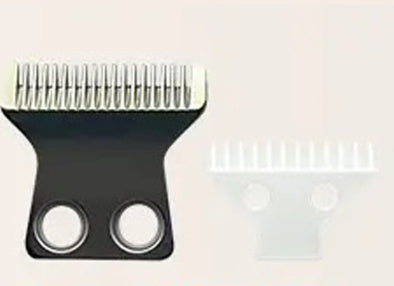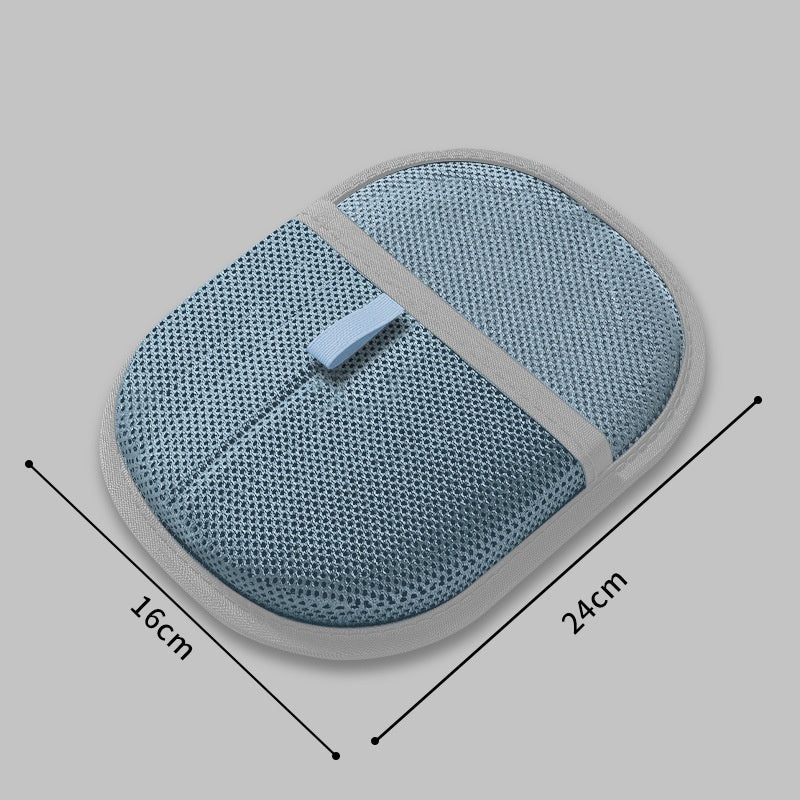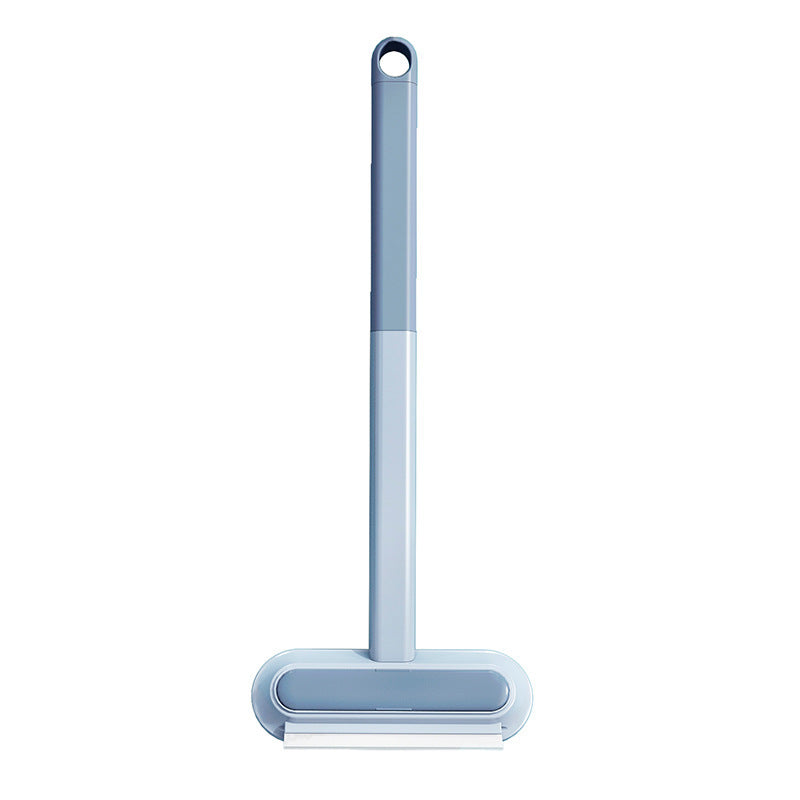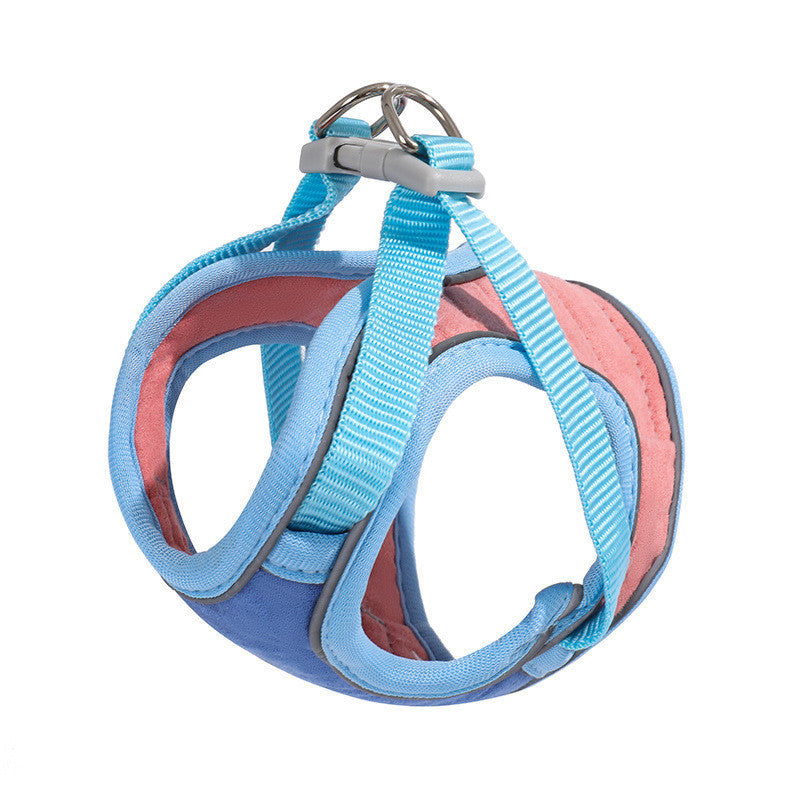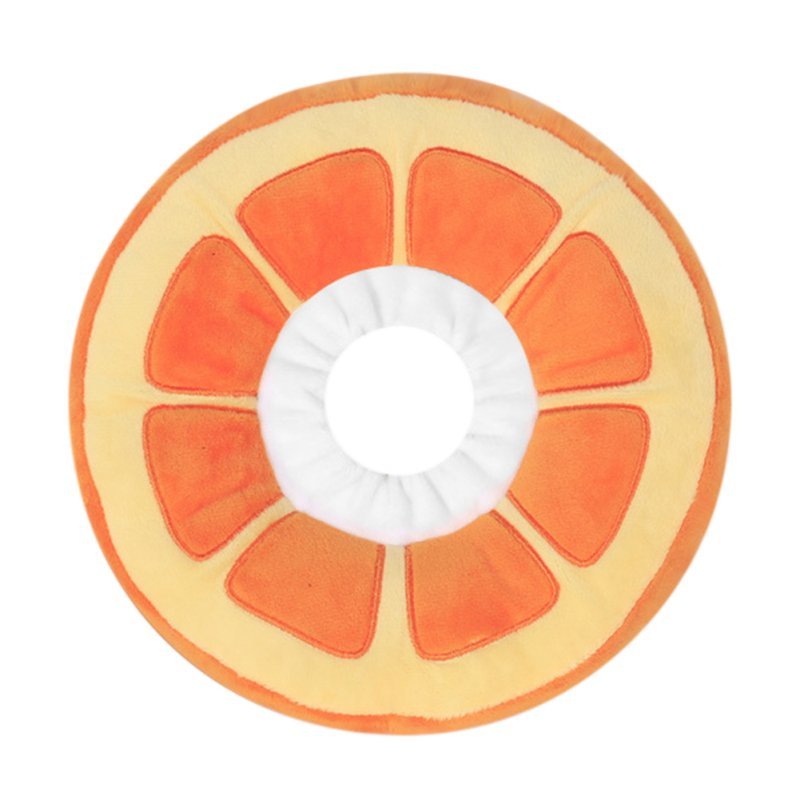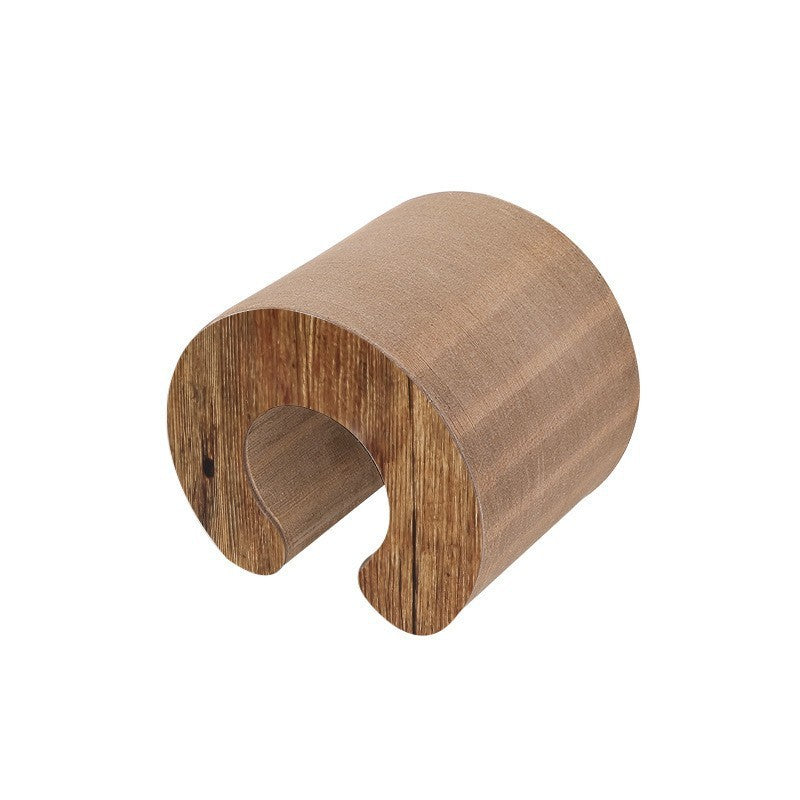Grooming is more than just keeping your cat looking good. It's an essential part of their overall health and wellbeing. While cats are famously self-sufficient when it comes to cleaning, they can still benefit greatly from regular grooming sessions with their human companions. In this blog, we'll explore the many advantages of establishing a consistent grooming routine.
Coat health: Regular brushing removes loose hair, dirt, and dander from your cat's coat, preventing matting and reducing hairballs. Different coat types require different approaches; long-haired cats may need daily brushing, while short-haired felines might only need weekly attention. Using the right brush for your cat's specific coat type maximizes effectiveness and comfort.
The Australian Veterinary Association (AVA) and RSPCA Australia both recommend regular grooming tailored to your cat’s coat type. For example, long-haired breeds like Maine Coons or Persians are at higher risk of matting in the Australian climate, especially during the warmer months, making daily brushing essential.
Skin monitoring: Grooming sessions provide the perfect opportunity to check your cat's skin for abnormalities such as lumps, bumps, parasites, or areas of irritation. Early detection of skin issues can prevent minor problems from developing into serious health concerns.
Bonding time: When introduced properly, grooming can become a pleasurable experience that strengthens the bond between you and your cat. Many cats come to enjoy the attention and physical contact of gentle brushing, seeing it as a form of affection rather than a chore.
Animal behaviourists in Australia, such as those working with the Cat Protection Society of NSW, highlight that grooming can strengthen the bond between cats and their owners, especially when introduced gently and consistently.
Reduced shedding: Regular brushing captures loose fur before it ends up on your furniture, clothes, and floors. This is especially beneficial during seasonal shedding periods in spring and fall when cats shed their winter or summer coats.
Improved circulation: The gentle massage effect of brushing stimulates blood flow to the skin, promoting a healthier coat and overall wellbeing. This can be particularly beneficial for senior cats with less mobility or those recovering from illness.
| Coat Type | Frequency | Key Tools Needed | Special Considerations |
|---|---|---|---|
| Short-haired | Weekly | Rubber brush, slicker brush | Monitor for fleas, skin issues |
| Long-haired | Daily | Wide-tooth comb, slicker brush | Prevent matting, extra care in summer |
| Senior/Recovering | As needed (gentle) | Soft brush, grooming glove | Check for lumps, improve circulation |
Starting a grooming routine requires patience and positive reinforcement. Begin with short sessions focused on areas your cat enjoys having touched, gradually working up to more sensitive areas.
Step-by-Step Guide: Establishing a Grooming Routine
Choose the Right Tools:
Select brushes and combs suited to your cat’s coat type, as recommended by Australian pet retailers or your vet.
- Start Slowly: Begin with short, positive grooming sessions focused on areas your cat enjoys.
- Monitor Skin and Coat: Check for parasites, lumps, or skin irritations during each session.
- Use Positive Reinforcement: Reward your cat with treats or gentle praise to build positive associations.
- Gradually Increase Duration: As your cat becomes more comfortable, extend the grooming sessions to include more sensitive areas.
- Be Consistent: Establish a regular grooming schedule, especially during periods of increased shedding.
- Watch for Stress: Never force your cat to continue if they show signs of stress or discomfort.
Remember that grooming should be a positive experience. Never force your cat to endure a grooming session when they're showing signs of stress or discomfort. With consistency and gentle handling, most cats can learn to appreciate, and even look forward to, their regular grooming time.
FAQs: Cat Grooming
Q: How often should I groom my cat?
A: Long-haired cats may need daily brushing, while short-haired cats usually only need weekly grooming, as recommended by the Australian Veterinary Association.
Q: What should I look for during grooming sessions?
A: Check for parasites, lumps, bumps, or skin irritations, especially in the Australian climate where fleas are common.
Q: How can I make grooming a positive experience for my cat?
A: Start with short, gentle sessions and use positive reinforcement, as advised by Australian animal behaviourists.
Q: Is grooming important for senior cats?
A: Yes, gentle grooming can improve circulation and help detect early signs of health issues in senior cats, according to Australian veterinarians.
Q: What tools should I use for grooming my cat?
A: Use brushes and combs suited to your cat’s coat type, as recommended by Australian pet retailers or your vet.









